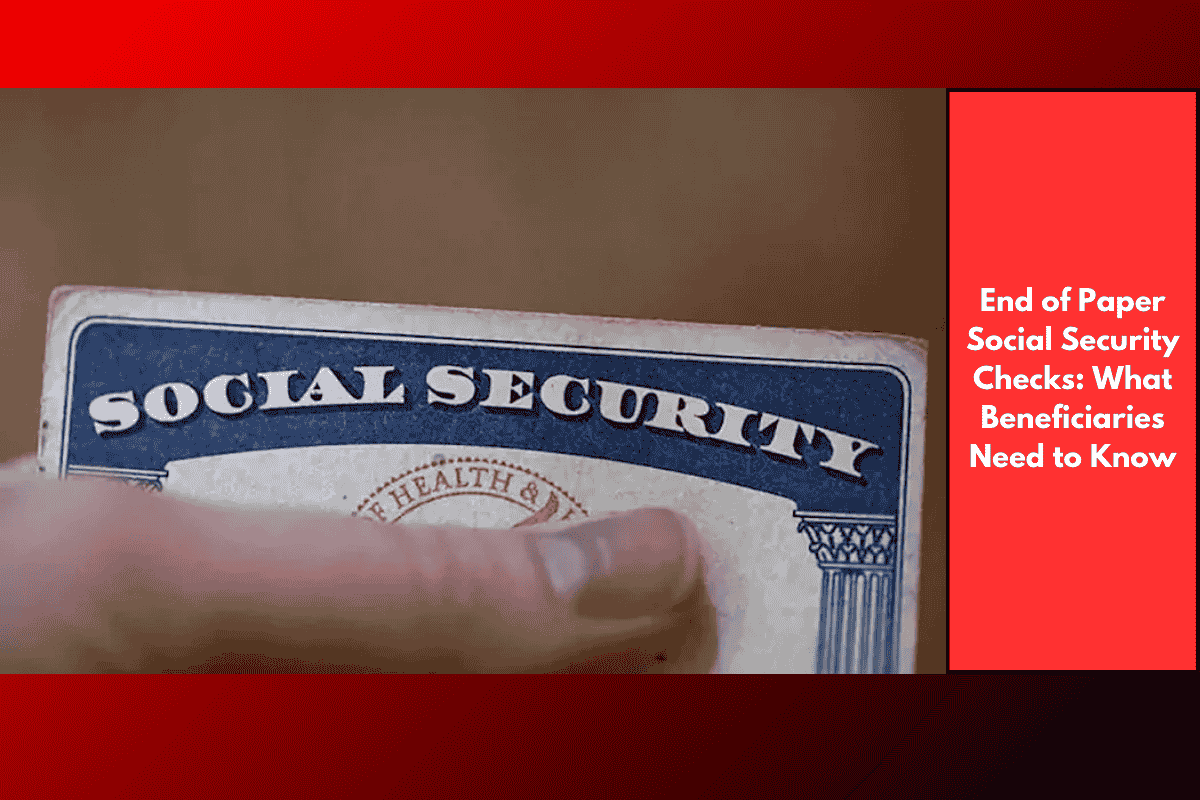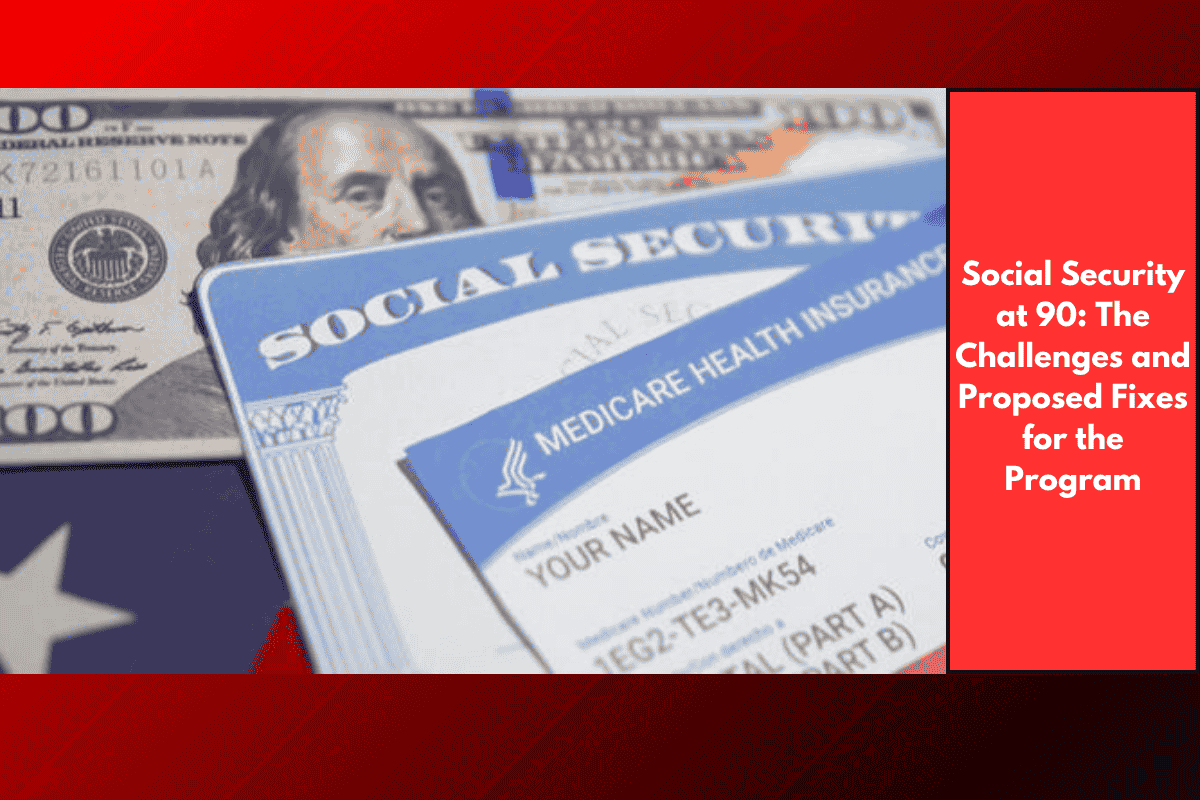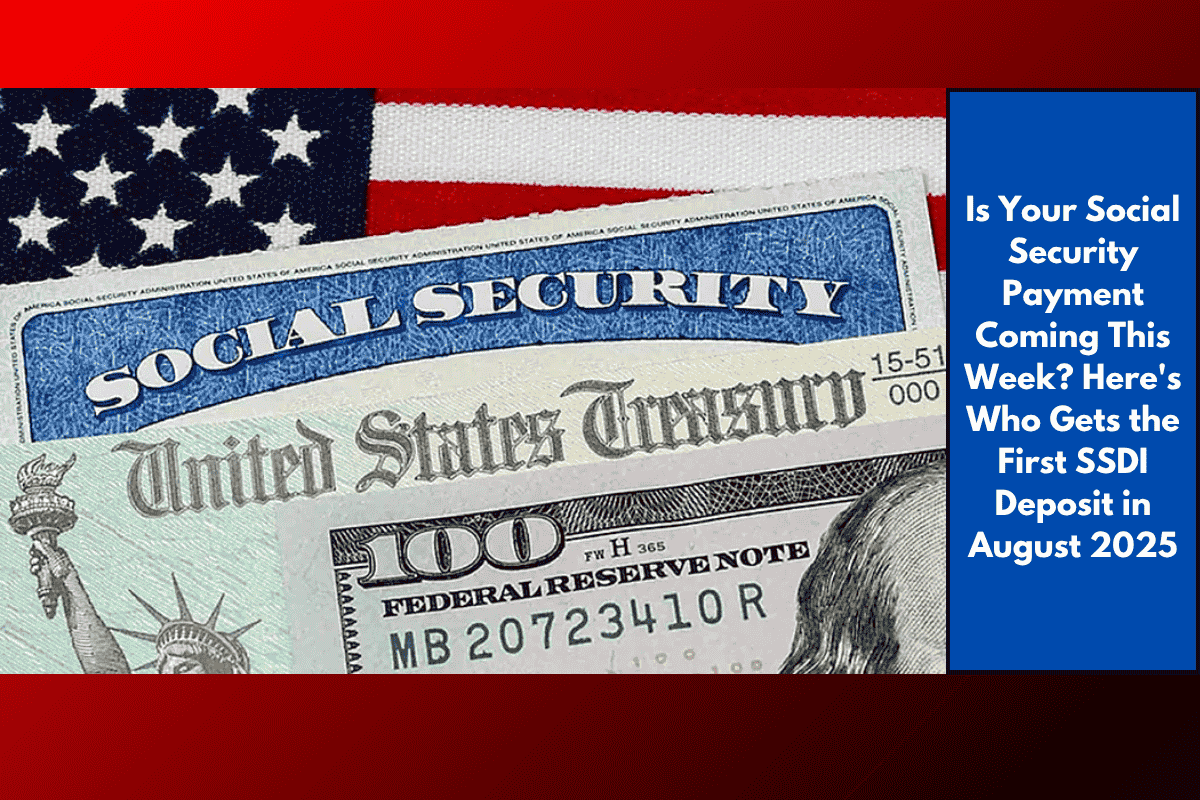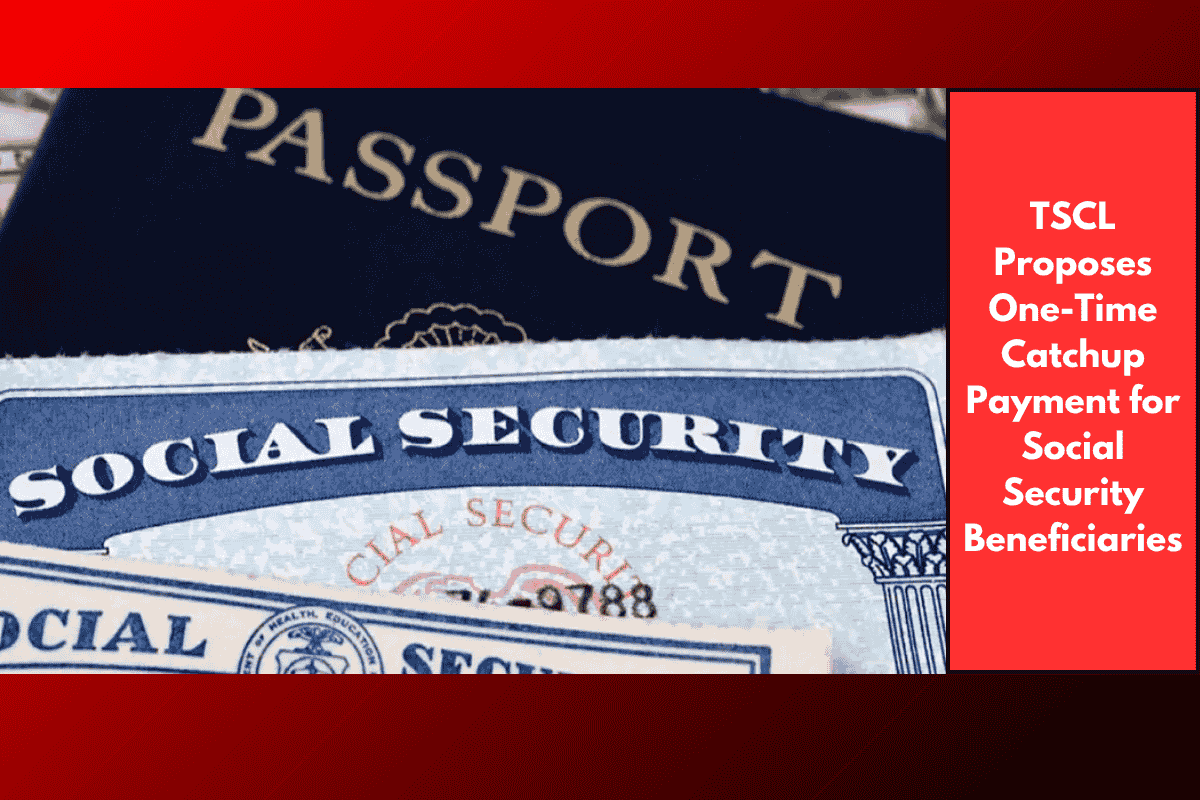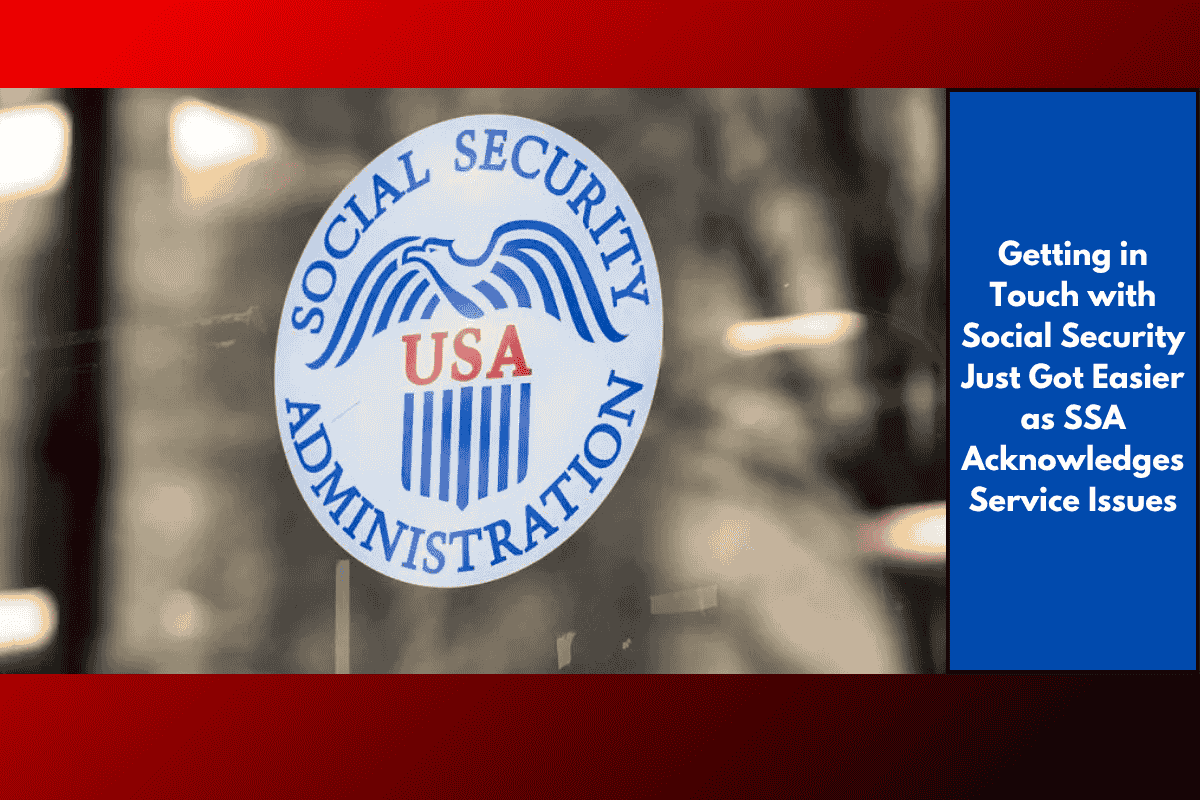For decades, millions of Americans have relied on paper checks to receive their Social Security benefits. However, this long-standing tradition is coming to an end. The Social Security Administration (SSA) has announced that it will fully transition away from paper checks and shift entirely to electronic payments. This move is part of an effort to streamline benefit delivery, reduce fraud, and save taxpayer money.
While most Social Security recipients already receive their payments through direct deposit or prepaid debit cards, a small group—around 180,000 people—still receive paper checks. This will soon change, and it’s essential for those affected to understand the new process.
Why the Shift to Electronic Payments?
The SSA has emphasized several advantages of switching to electronic payments. According to the agency, electronic payments are safer, more reliable, and more convenient for beneficiaries. Unlike paper checks, electronic payments eliminate the risk of lost or stolen checks, ensuring that beneficiaries can access their funds immediately.
“Receiving benefits electronically is safer and more reliable,” the SSA stated. “Electronic payments eliminate the risk of lost or stolen checks and provide beneficiaries with immediate access to their funds.”
Key Dates and What Beneficiaries Need to Do
The deadline to make the switch from paper checks to electronic payments is September 2025. After this date, paper checks will no longer be mailed to Social Security recipients. Those who have not already switched must choose one of two electronic payment options:
Direct Deposit: Beneficiaries can have their payments directly deposited into their bank accounts.
Direct Express Debit Mastercard: For those who do not have a bank account, the Direct Express card offers a way to receive payments. This federally issued prepaid card allows users to make purchases, withdraw cash, and pay bills without the need for a traditional bank account.
Direct Express was launched in 2008 as a federal debit card program designed specifically for Social Security and other federal benefit recipients. It ensures that those without bank accounts still have a reliable and secure way to receive their payments.
Advantages of Electronic Payments
The SSA stresses that electronic payments offer several benefits, particularly for older adults and those in rural areas. With electronic payments, beneficiaries can expect:
On-time payments: Payments will be received on time, every time, regardless of weather delays or disruptions in mail service.
Cost savings: The transition will save the government money. According to the U.S. Treasury Department, it costs about 92 cents more to issue a paper check than to process an electronic payment.
Assistance for Beneficiaries
For those who are worried about making the transition due to limited internet access or banking options, the SSA offers support. Local offices and toll-free numbers are available to assist beneficiaries with the switch. Additionally, the Go Direct helpline, run by the U.S. Department of the Treasury’s Bureau of the Fiscal Service, provides further support.
The U.S. Treasury has long encouraged electronic payment options. In fact, a 2013 rule required all new federal benefit recipients to select electronic methods. The small group still receiving paper checks has been allowed to continue with this method until now.
While the transition from paper checks to electronic payments may feel like a big change for some, it is designed to enhance security, convenience, and reliability for all beneficiaries. To avoid disruptions in their payments, Social Security recipients should act soon and choose one of the electronic payment options before the September 2025 deadline.

